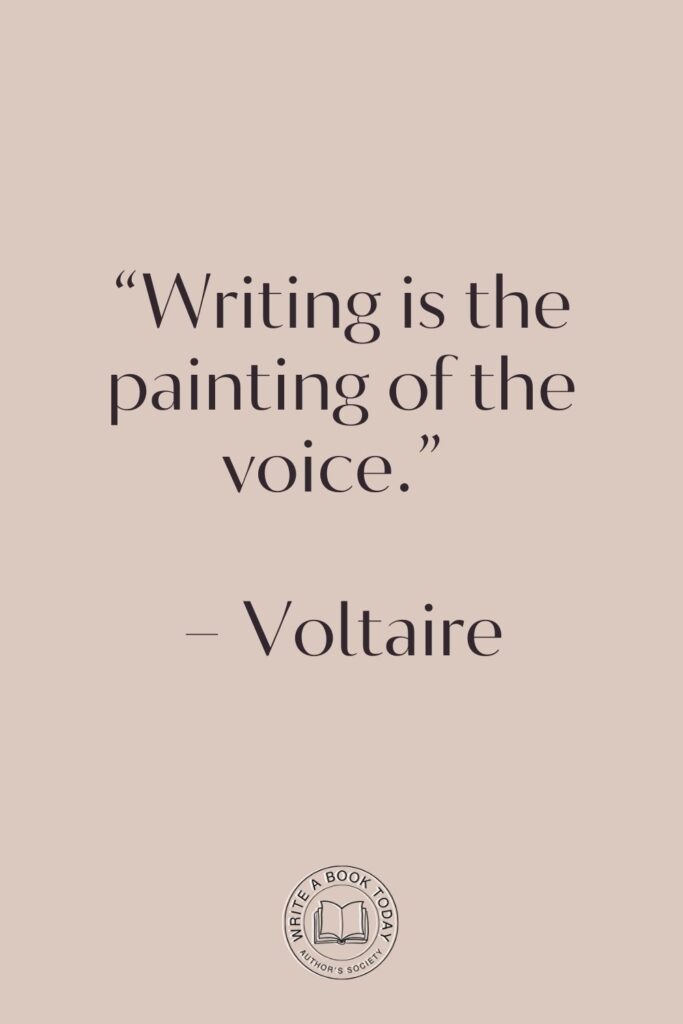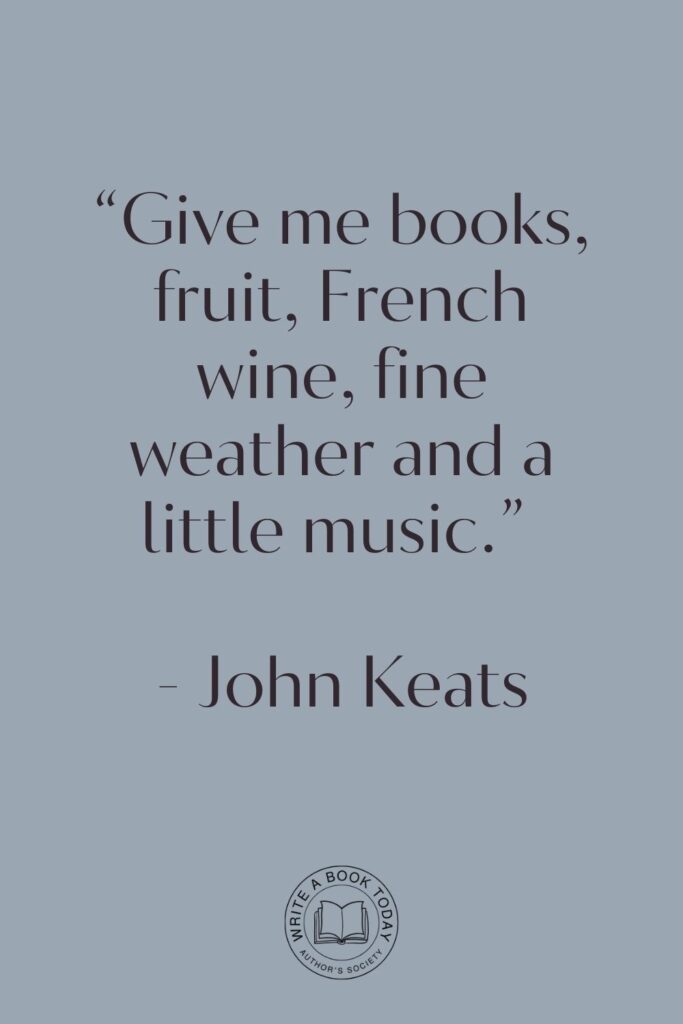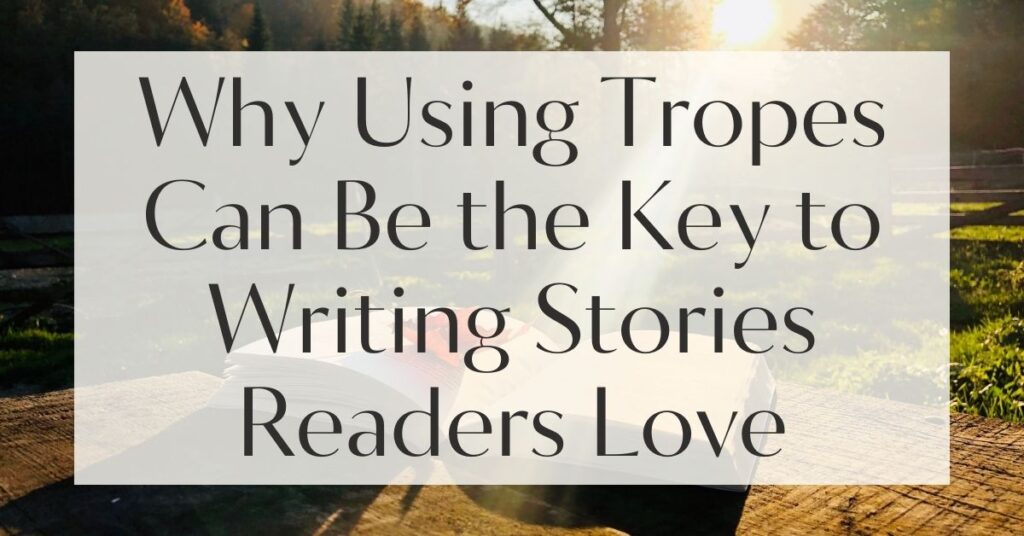Have you ever wondered why certain stories seem to captivate our hearts and minds, leaving an indelible mark long after we’ve turned the last page or watched the final scene? The answer might lie in the use of tropes in storytelling. These narrative tools, often dismissed as clichés, hold the power to transform a simple tale into an engaging epic.
But what exactly are tropes, and why do they matter so much? By delving into their role in storytelling, we can uncover how they enhance narrative structures and create stories that resonate with readers on a profound level.
Understanding Tropes in Storytelling
Tropes are the narrative threads that weave through literature, film, and other forms of storytelling. They are the recurring themes, motifs, or character types that have become familiar to audiences over time.
Think of them as the seasoning in your favorite dish; when used correctly, they enhance the flavor, but too much can overwhelm the senses. The significance of tropes in storytelling lies in their ability to provide a framework that guides both writers and readers through a narrative journey.
Defining Tropes: What They Are and Why They Matter
At their core, tropes are storytelling conventions that have gained recognition due to their repeated use across various narratives. From the ‘damsel in distress’ to the ‘reluctant hero,’ these elements serve as building blocks for crafting stories that feel both familiar and fresh.
Tropes matter because they tap into the collective consciousness, drawing on shared cultural experiences and emotions. This familiarity can evoke a sense of comfort in readers, while also providing a foundation upon which new and exciting stories can be built.
Moreover, tropes function as shorthand for complex ideas, allowing writers to convey significant concepts without lengthy exposition. This efficiency in communication can be particularly beneficial in fast-paced storytelling mediums like film or television, where time is of the essence.
By leveraging well-known tropes, creators can quickly establish context and focus on developing the unique aspects of their story.
The Role of Tropes in Narrative Structure
The narrative structure of a story is akin to the skeleton of a living being, providing shape and support. Tropes play a crucial role in this structure by acting as familiar landmarks that guide the audience through the plot.
They help establish expectations, allowing readers to anticipate and engage with the unfolding events. For instance, the ‘hero’s journey’ trope offers a blueprint for countless tales of adventure and personal growth, from ancient myths to modern blockbusters.
By incorporating tropes into the narrative structure, writers can balance originality with familiarity. This balance is key to creating stories that feel both innovative and accessible.
While tropes provide a familiar framework, they also leave room for creative twists and subversions that keep audiences on their toes. The interplay between expected tropes and unexpected developments is what makes storytelling dynamic and captivating.

Common Tropes and Their Impact on Readers
Understanding the impact of tropes on readers is essential for any writer aiming to craft engaging stories. Tropes can evoke powerful emotions, resonate with personal experiences, and even challenge societal norms. By exploring popular tropes in literature and film, we can gain insight into their lasting appeal and transformative potential.
Exploring Popular Tropes in Literature and Film
One of the most enduring tropes in literature and film is the ‘love triangle,’ where three characters find themselves entangled in a complex web of romantic tension. This trope captivates audiences by exploring themes of desire, jealousy, and loyalty.
In films like “The Notebook” and novels like “Pride and Prejudice,” love triangles drive the narrative forward, creating emotional stakes that keep readers invested in the outcome.
Another popular trope is the ‘mentor-student’ relationship, often seen in stories of growth and transformation. From Mr. Miyagi in “The Karate Kid” to Gandalf in “The Lord of the Rings,” mentors impart wisdom and guidance, helping protagonists overcome challenges and discover their true potential. This trope resonates because it reflects the universal human experience of learning and self-discovery.
Feeling lost with your debut novel?
Fiverr Pro connects you with expert editors, designers, and marketers – everything you need to get your book ready for success!

The Hero’s Journey: A Timeless Trope
The ‘hero’s journey’ is perhaps the most iconic of all tropes, forming the backbone of countless epic tales. This narrative arc follows a protagonist as they embark on a quest, face trials, and ultimately return transformed.
From Homer’s “Odyssey” to George Lucas’s “Star Wars,” the hero’s journey offers a template for storytelling that resonates across cultures and generations.
When incorporating the hero’s journey into your story, consider how each stage of the journey reflects the protagonist’s internal growth. Use the trials and tribulations they face to reveal their strengths and vulnerabilities, creating a multi-dimensional character arc.
This depth will allow readers to connect more deeply with the protagonist’s struggles and triumphs. The hero’s journey endures because it mirrors the human experience of overcoming adversity and seeking meaning.
It taps into the archetypal quest for identity and purpose, inviting readers to embark on their own journeys of self-discovery. By aligning the protagonist’s journey with universal themes, writers can create stories that resonate on a profound emotional level.
Romantic Tropes: Love at First Sight or Opposites Attract?
Romantic tropes have long been a staple of storytelling, offering many ways to explore the complexities of love and relationships. Two of the most beloved romantic tropes are ‘love at first sight’ and ‘opposites attract.’ These tropes capture the magic and unpredictability of romance, drawing readers into a world of passion and possibility.
In the ‘love at first sight’ trope, characters experience an instant and intense connection that defies logic and reason. This trope appeals to the fantasy of finding a soulmate, a perfect match who completes us.
On the other hand, the ‘opposites attract’ trope explores the idea that love can bridge differences, bringing together individuals with contrasting personalities or backgrounds. This trope highlights the transformative power of love, suggesting that it can transcend barriers and foster growth.
When using romantic tropes in your writing, focus on the emotional journey of the characters. Develop their relationship through meaningful interactions and shared experiences that reveal their compatibility and chemistry.
Avoid relying solely on physical attraction; instead, delve into the deeper connections that make their love story compelling.
Using Tropes to Craft Engaging Stories
While tropes provide a familiar foundation for storytelling, their true power lies in how they are used to enhance storytelling techniques. By understanding the nuances of tropes, writers can craft narratives that captivate and engage readers, blending originality with the comfort of the familiar.

How Tropes Enhance Storytelling Techniques
Tropes are not merely shortcuts for lazy storytelling; they are tools that can elevate the craft when used thoughtfully. By incorporating tropes into storytelling techniques, writers can create layers of meaning and complexity that enrich the narrative. For example, a story that subverts a well-known trope can challenge readers’ expectations and provoke deeper reflection.
Consider the trope of the ‘chosen one,’ often seen in fantasy stories where a seemingly ordinary character discovers they have a special destiny.
By playing with this trope, writers can explore themes of identity, responsibility, and self-discovery. A story that questions the idea of destiny, or presents a reluctant hero who defies their fate, can offer fresh perspectives on a familiar theme.
Experiment with subverting or twisting common tropes to add depth and intrigue to your story. By challenging the audience’s expectations, you can create a narrative that feels fresh and thought-provoking.
This approach encourages readers to engage more actively with the story, keeping them invested in the unfolding events.
Balancing Originality and Familiarity in Your Writing
The key to using tropes effectively lies in balancing originality with familiarity. While tropes provide a recognizable framework, it’s the unique spin that a writer brings to them that makes a story memorable. Striking this balance requires a keen understanding of both the tropes themselves and the audience’s expectations.
One approach to achieving this balance is to blend multiple tropes in unexpected ways, creating a narrative that feels both innovative and accessible. For example, combining the ‘fish out of water’ trope with a ‘buddy cop’ dynamic can lead to a story that explores themes of friendship and adaptation in a fresh context.
By weaving familiar elements into a novel tapestry, writers can craft stories that resonate with readers while offering new insights.
Practical Tips for Aspiring Authors
For aspiring authors, understanding and embracing tropes in storytelling can be a valuable tool in their writing journey. By learning to navigate the world of tropes, new writers can avoid common pitfalls and create narratives that captivate their audience.
No marketing platform? No social following? No problem!
Publisher Rocket helps you market your debut novel like a pro.
It’s a gamechanger for debut authors – try it today!


Embracing Tropes: A Guide for New Writers
Embracing tropes doesn’t mean succumbing to clichés; rather, it involves recognizing their potential to enhance storytelling.
For new writers, tropes can serve as a starting point, providing a framework upon which to build original stories. By understanding the nuances of tropes, writers can harness their power to create narratives that resonate with readers.
When incorporating tropes into your writing, focus on how they can enhance character development and plot progression. Use them as tools to explore themes and emotions that are central to your story.
By doing so, you’ll create a narrative that feels both familiar and fresh, inviting readers to embark on a journey that is uniquely yours.
Avoiding Common Pitfalls: Stereotypes vs. Tropes
While tropes can enrich storytelling, it’s important to distinguish them from stereotypes, which can limit creativity and perpetuate harmful assumptions.
Stereotypes reduce characters to simplistic caricatures, lacking depth and authenticity. To avoid falling into this trap, writers should strive to create well-rounded characters who defy simplistic labels.
When developing characters, focus on their motivations, desires, and conflicts. This approach will help you create multi-dimensional characters who feel authentic and relatable. By avoiding one-dimensional portrayals, you’ll ensure that your characters resonate with readers and contribute meaningfully to the narrative.
To avoid stereotypes, consider how your characters can subvert or challenge traditional roles. By adding layers of complexity and nuance, you can create characters who surprise and engage readers. This approach not only enriches the narrative but also fosters empathy and understanding among audiences.

Engaging Your Audience Through Relatable Tropes
Relatable tropes have the power to draw readers into the story world, creating a sense of connection and immersion. By leveraging these familiar elements, writers can craft narratives that resonate on an emotional level, fostering engagement and investment.
Inviting Readers into Your Story World
Creating a story world that feels authentic and immersive requires careful consideration of the tropes that populate it.
By using tropes strategically, writers can establish a sense of familiarity that invites readers to step into the narrative. This familiarity serves as a bridge, connecting the audience to the characters and events within the story.
Consider how tropes can help set the tone and atmosphere of your story world. Whether it’s the ‘small town with a secret’ or the ‘haunted mansion,’ tropes can evoke specific moods and emotions that draw readers in.
By paying attention to the details that define your story world, you’ll create an environment that feels both believable and captivating.
Google Docs is for notes. Scrivener is for novels. Upgrade your writing game and try it for free today!

Creating Conversations Around Tropes in Storytelling
Tropes not only shape narratives but also spark conversations among readers and writers alike. By engaging with tropes, writers can invite their audience to reflect on the themes and ideas that underpin their stories. This dialogue fosters a sense of community, encouraging readers to share their interpretations and insights.
To create conversations around tropes, consider how your story can challenge or subvert traditional conventions.
By presenting new perspectives on familiar themes, you can inspire readers to think critically about the narratives they consume. This engagement enriches the reading experience, transforming it into a collaborative exploration of storytelling possibilities.
Encourage reader interaction by posing questions or prompts related to the tropes in your story. This approach invites readers to share their thoughts and interpretations, creating a sense of community and dialogue.
By fostering this connection, you’ll enhance the impact of your storytelling and leave a lasting impression on your audience.
Conclusion
Tropes in storytelling are more than mere clichés; they are the secret ingredient that can transform a narrative into an unforgettable experience. By understanding their role in narrative structure and their impact on readers, writers can craft stories that resonate on a deep emotional level.
Whether you’re an aspiring author or a seasoned storyteller, embracing tropes can unlock new dimensions of creativity and engagement. So, the next time you embark on a storytelling journey, consider the tropes that will guide your path and captivate your audience.








